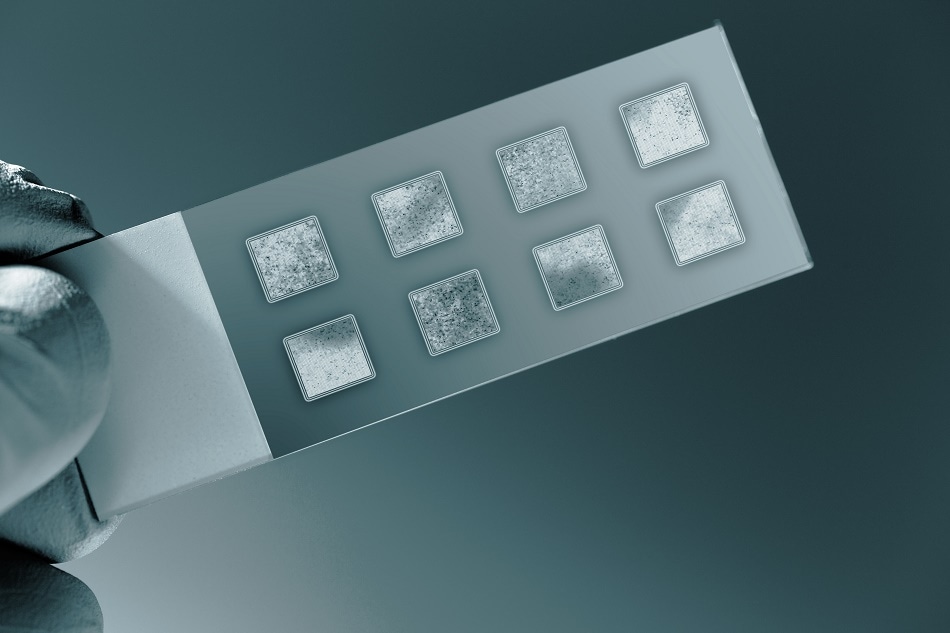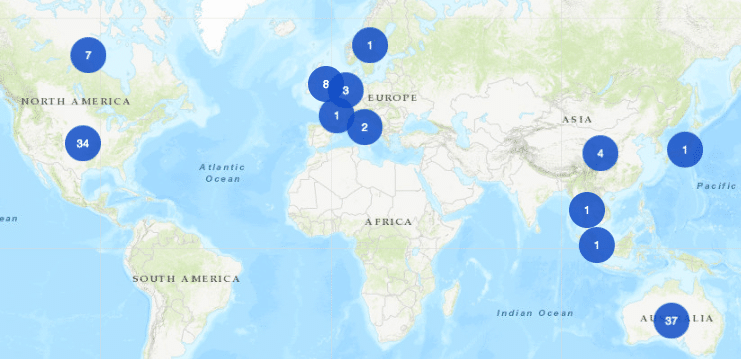
The printed electronics market is becoming more and more popular these days and is growing tremendously. About three years ago (2017), it was estimated at around USD 9.3 billion. The invention of ultra-precise printing of nano materials is a big breakthrough as it has the ability to change the game totally. It not only changes the mindsets for producers in this market but also enables new areas of it to be incorporated within it. Printed electronics market is constantly in quest of miniaturization and the development of devices is advancing unprecedently.
Nanoprinting Breakthrough
In the last few years, the printing industry has started experimenting with nanotechnology, and eventually came up with nanoimprint. A new digital printing process whose basis is nanotechnology was initiated by Landa Corporation, in 2012. The digital printing technology uses miniature pigment water-based particles, which is about tens of nanometers in size. This is called nanoimprint. Using this creative printing process, we can do printing on almost any material. One more significant contribution by Landa Corporation is the Land Nano-graphic Printing Press, which combines the versatileness of digital capability with the agility and beneficial qualities of offset printing.
These two innovations are the after effects of ten years of nanotechnology research, and are claimed to be eco-friendly and energy efficient. According to Landa Corp., the nano-graphic printing presses are capable of producing the lowest cost-per-page digital photos in the printing industry. Each press has the ability to print up to eight colors. It can operate at 600-1200 DPI resolution and print at a mind-boggling speed of 11,000 sheets per hour.
Nano-based Printing Application
The following are some of the important areas in printing where nanotechnology is incorporated:
- Traditional printed coatings, including varnishes, have been provided with scratch-resistance properties.
- Inks with nano-particles can be used in most printing processes, including printed electronics.

- Inkjet inks are complemented by nanotechnology.
- Inkjet-printed nano particles are used for photochromic and electro-chromic visual effects and markers, conductive graphite and metals, anti-microbial, magnetic materials etc.,
- Nano materials can be printed on a wide range of substrates in order to make RFID labels and tags, OLEDs, flexible batteries, sensors, and solar energy cells.
- Nano substances in traditional and inkjet inks are used for anti-counterfeiting, security, and brand protection. This area is becoming more and more popular and has a huge scope.










